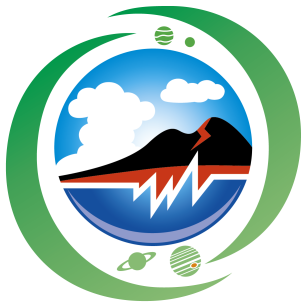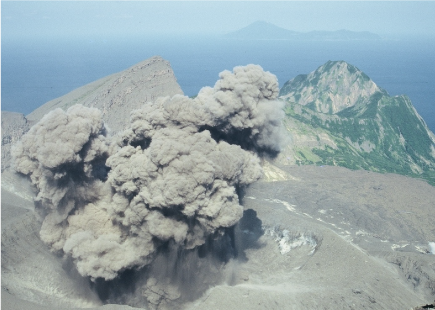Our Department of Geophysics is composed of geophysical laboratories belonging to Graduate School of Science and related geophysics research centers. The present Department of Geophysics has evolved from the Geophysical Laboratory that was separated from Department of Physics, Faculty of Science in January 1945, but as a matter of fact its history can be traced back to April 1911 when four physical laboratories were set up in College of Science of Tohoku Imperial University. In the history of Department of Geophysics, a main feature is that both laboratories and observatories have existed since its early stage. In 1912 the Mukaiyama Observatory was installed in the then-existing Department of Physics, and meteorological and seismological observations were started, which promoted the separation of the Geophysical Laboratory from Department of Physics, and the policy of emphasizing the strengthening of research centers and research facilities has been continuing till today.
In 1945, Department of Geophysics started with three laboratories of seismology, geomagnetism and meteorology, and in 1954 it was renamed to be Department of Astronomy and Geophysics II. In 1992, its name was changed to Department of Astronomy and Geophysics by combining the previous Departments of Astronomy and Geophysics I and II. In the following year, Department of Geophysics was composed of five laboratories because of the creation of Physical Oceanography Lab in 1970 and Planetary Atmospheric Physics Lab in 1993. With the strengthening of Graduate Schools of Tohoku University in 1994, the organization was adjusted and Department of Geophysics contained three big labs which were Solid Earth Physics Lab, Solar and Planetary Physics Lab, and Fluid Earth Physics Lab. In 1995 Earth Environment Physics Lab was created, and so now the Department is composed of the above 4 Labs.
In 1952 the Mukaiyama Observatory became Seismological Observatory belonging to Faculty of Science, and now it became Research Center for Prediction of Earthquakes and Volcanic Eruptions belonging to Graduate School of Science. In 1957 the Night Airglow Observatory was established in Zao town, Katta-Gun in Miyagi Prefecture, and it became Upper Atmosphere and Space Research Laboratory in 1973, and was composed of two divisions (Upper Atmosphere Physics and Climate Physics) in 1979. The Climate Physics Division has become the present Center for Atmospheric and Oceanic Studies belonging to Graduate School of Science. In addition, the Onagawa Observatory for Earthquakes, Tsunamis and Geomagnetism installed in 1947 became Onagawa Geomagnetic Observatory later, and it was combined with the Upper Atmosphere and Space Research Laboratory in 1999 to become the current Planetary Plasma and Atmospheric Research Center.
Thus at present the whole Department of Geophysics is a big research and education organization consisting of four laboratories and three research centers. Therefore a feature of Tohoku University is that these labs and centers have been developed to the present forms through close cooperation and collaborations, and they are still keeping their activities with strong connections and collaborations.

